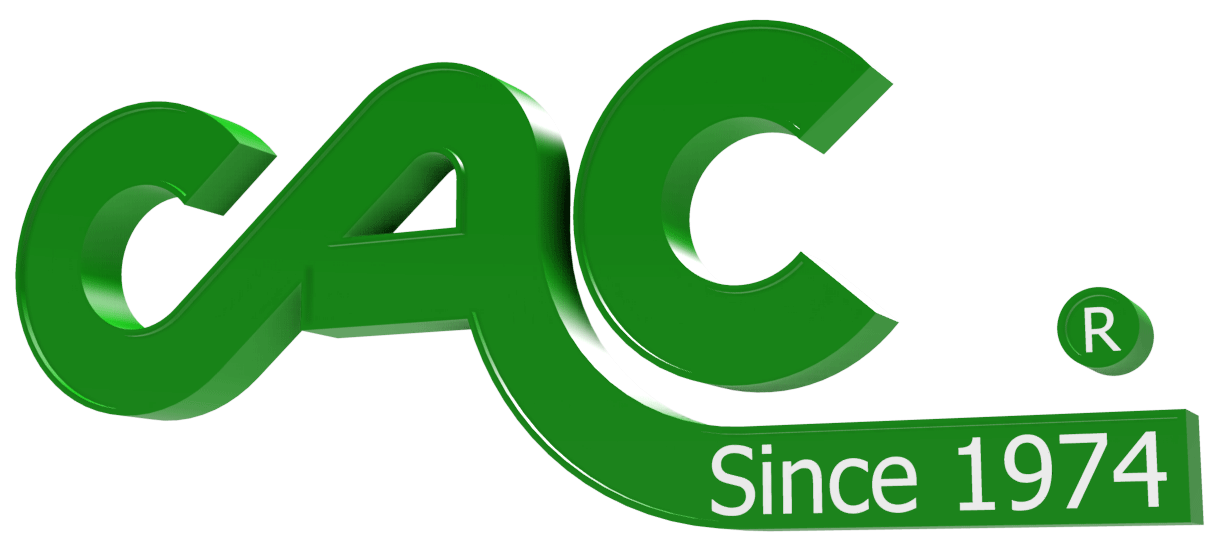WHAT IS THE CONVERTING INDUSTRY?
The term converting industry refers to the manufacturing practices behind the processing of materials in thin layer form. These materials may be:
- Plastic films
- Foils
- Papers
- Textiles
- Nonwoven materials
These materials are typically stored and shipped in wound, roll form. Rolls can be as small as a few inches in diameter and as large as many feet in diameter. Material width can vary from a fraction of an inch to many feet wide.
Examples of converting processes are:
- Printing
- Laminating
- Coating
- Slitting (making narrow rolls from wide rolls)
- Drying
- Die cutting (cutting pieces from the web)
- Extruding
- Packaging
These processes can run from very slow speeds; less than one foot per minute to very high speeds; thousands of feet per minute. Processes can include high levels of technology and sophistication. Most processes are somewhat custom in nature.
Material rolls are typically unwound from roll form in a single layer. They are processed and then rewound into roll form for shipping or further processing. This single layer of material is referred to as a “web” as it flows through a machine or process.
Simply put, “converting” means that a roll of material is processed and becomes a roll of something else… it is converted. For example, an unprinted roll of paper becomes a printed roll of paper, a wide roll of film becomes several narrow rolls of film or an uncoated textile becomes adhesive through a coating process. There are countless converting processes, the aforementioned examples are just a few.
CAC manufactures web handling equipment to enhance and add value to the converting process:
- Anti-wrinkle systems
- Trim and waste conveying
- Trim and waste choppers
- Core holding for unwinding and rewinding
- Core adapters for various core sizes
- Safety Chucks for unwinding and rewinding
- Unwind and rewind modules
- Shaft holders
- Rollers
- Roller assemblies
- Brakes for unwinding
- Heated rollers
- Web accumulators
- Roll handling (turning)
- Slitting
WHAT IS WEB HANDLING?
Web handling is the science, engineering and associated equipment necessary to transport flexible materials through various converting processes.
Proper web handling, achieved with best practices and use of appropriately designed, engineered and manufactured equipment will insure transport of webs through various converting processes without defect.
Most converting processes include several tension zones within one machine. Tension zones fall into one of three categories; unwind, internal and rewind. Web handling equipment is utilized in all tension zones. This equipment includes:
- Rollers
- Tension Controls
- Web guide controls
- Drives
- Brakes
- Clutches
- Anti-wrinkle systems and devices
- Core holding devices
- Nip roller assemblies
- Unwind equipment
- Rewind equipment
- Shaft holding, securing, leveling and aligning systems and equipment
- Safety chucks
- Shaftless core holding systems
- …. And many more
WHAT IS A SPREADER ROLLER?
A spreader roller is a roller used in a converting process to stretch a web to make it wider as it runs through a process.
In addition, bowed rollers are used to separate slit widths and are considered a spreader roller when used for this application.
Spreader rollers may include bowed rollers and nip type spreader rollers.
WHAT IS AN ANTI-WRINKLE ROLLER, SYSTEM OR DEVICE?
Anti-wrinkle refers to a type of roller or other device or system that is used in a converting process to remove wrinkles from a web. Webs can wrinkle for many reasons as they are processed in any converting process. Causes for wrinkles may be inherent properties of the web itself, process characteristics or machine defects.
Web wrinkles will cause defects in printed, coated, laminated, slit or otherwise processed products, which will chip away at profits generated in any converting process. Anti-wrinkle rollers and devices remove wrinkles before they become creases or other defects. Removing wrinkles to prevent defects in converted webs will increase profits in any converting operation.
Some rules of thumb when considering an anti-wrinkle roller or other device:
-
Any anti-wrinkle roller or device you choose can only remove web wrinkles that enter the system. This means anti-wrinkle rollers or device cannot affect wrinkles, post anti-wrinkle system placement.
-
Anti-wrinkle rollers and systems DO NOT change your web. If your web has inherent defects that are causing it to wrinkle, wrinkles may return. Anti-wrinkle rollers and systems remove wrinkles prior to an operation. Normally, before wrinkles become creases.
-
Nothing removes a crease. Anti-wrinkle rollers and devices prevent creases by removing web wrinkles before they become creases. Prior to a nip station or printing station or rewind station as a few examples.
-
The vast majority of anti-wrinkle rollers and other systems “work”. That is, they remove wrinkles. Albeit, differing anti-wrinkle rollers and systems remove differing amounts of web wrinkles.
WHAT IS THE DIFFERENCE BETWEEN A SPREADER ROLLER AND AN ANTI-WRINKLE ROLLER?
The difference between spreader roller and anti-wrinkle roller lies mainly in the application of the roller.
Spreader rollers and other devices are used in the converting process to stretch or widen webs as they flow through a machine. Spreader rollers use lateral, cross machine forces to increase the width of a web. Additionally, slitting machines use spreader rollers to separate slit widths post slitting process. Spreader rollers can include bowed rollers and nip type spreader system.
Anti-wrinkle rollers and other devices are used in the converting process to remove wrinkles and there by prevent defects in products produced in web form. Anti-wrinkle rollers use lateral, cross machine forces to remove wrinkles. Anti-wrinkle rollers can include expanding surface rollers, bowed rollers, nip type, crowned rollers, concave rollers and grooved rollers.
WHAT IS A BANANA ROLLER?
WHAT IS AN AIR SHAFT?
Air shafts are the equipment used to hold a core of a roll of material in an unwind or rewind stand or station, used in the converting industry. Air shafts deliver torque to the core and lock the core in place, rotationally. Locked core unwinding and rewinding is essential for proper tension control and properly formed rolls of material. In addition, air shafts keep rolls of material laterally positioned.
Air shafts are easily and speedily deflated to a diameter smaller than the inside diameter of the core with which they are intended to grip. Once the core is positioned on the air shaft, it is inflated with an inflation tool, which transitions compressed air to an inflation element within the air shaft. The air shaft diameter increases with compressed air to grip the inside diameter of the core of the roll of material. When the empty core or roll of material is to be removed from the converting process the air shaft is deflated and the process of loading a new roll of material starts again.
Typically, air shafts are custom manufactured to accommodate the width (range) of the material roll.
Like terms: Air shafts are commonly referred to as core shaft, mandrel, air mandrel, air bar, pneumatic shaft.
WHAT IS A CORE SHAFT?
Core shafts are the equipment used to hold a core of a roll of material in an unwind or rewind stand or station, used int the converting industry. Core shafts deliver torque to the core and lock the core in place, rotationally. Locked core unwinding and rewinding is essential for proper tension control and properly formed rolls of material. In addition, core shafts keep rolls of material laterally positioned.
Core shafts are easily and speedily deflated to a diameter smaller than the inside diameter of the core with which they are intended to grip. Once the core is positioned on the core shaft, it is inflated with an inflation tool, which transitions compressed air to an inflation element within the core shaft. The core shaft diameter increases with compressed air to grip the inside diameter of the core of the roll of material. When the empty core or roll of material is to be removed from the converting process the core shaft is deflated and the process of loading a new roll of material starts again.
Typically, core shafts are custom manufactured to accommodate the width (range) of the material roll.
Like terms: Core shafts are commonly referred to as air shaft, mandrel, air mandrel, air bar, pneumatic shaft.







